Vietnam is renowned for its rich and diverse clothing culture, boasting a wide array of traditional costumes and accessories that truly capture the essence of the nation. In this article, we will delve into the fascinating history and unique styles of Vietnamese clothing, shedding light on the cultural significance behind each garment.
Vietnamese Costumes through Historical Periods
As time progresses, fashion and dressing styles naturally evolve to adapt to changing environments and societal developments. The clothing culture of the Kinh people differs from that of other ethnic groups, and traditional Vietnamese costumes have evolved from feudal times to modern-day. Moreover, each region - North, South, and Central - has its own distinct style of dress, adding further diversity to Vietnamese clothing culture.
Vietnamese Costumes through Feudal Periods
During feudal Vietnam, clothing was a reflection of one's social status. As a result, strict regulations governed the types of garments people were allowed to wear. While peasants wore simple and affordable clothes, the aristocracy donned extravagant and royal attire known as Ao Giao Linh.
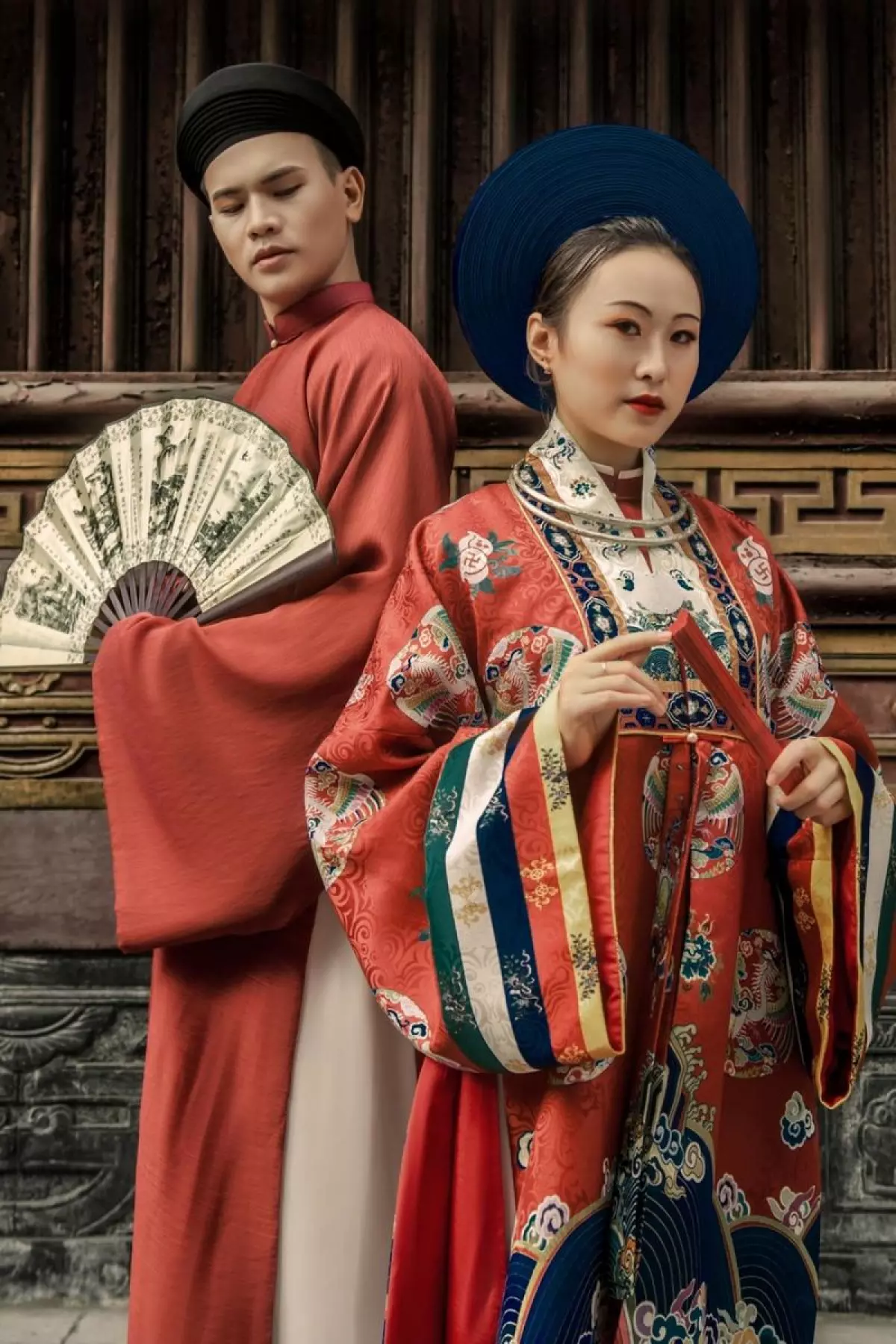 Ao Giao Linh - A costume of the feudal mandarin class
Ao Giao Linh - A costume of the feudal mandarin class
Unique and Typical Dress Culture of Vietnamese Ethnic Groups
Vietnam is home to 54 ethnic groups, each with its own unique and characteristic costume styles. While the ethnic minorities in the highlands showcase vibrant and colorful garments, the traditional costumes of people from the plains tend to be more understated. Furthermore, each region - North, Central, and South - possesses its own distinctive dress style, contributing to the diversity of Vietnamese clothing culture.
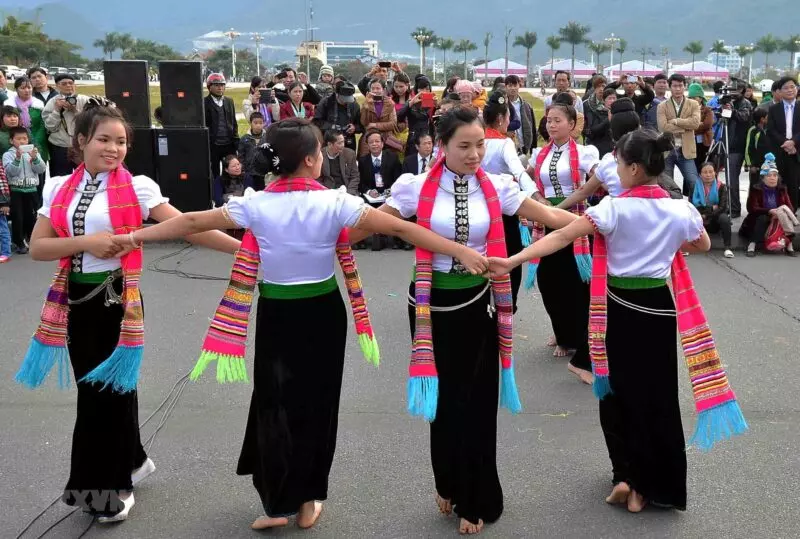 Vietnamese clothing culture of Thai people
Vietnamese clothing culture of Thai people
The Style of Dress Culture in the North
In northern Vietnam, farmers prefer loose tops and pants rolled up above the knees to prevent them from getting wet while working in rice fields. Consequently, their everyday clothing is characterized by simplicity and practicality, with restrictions on color choices.
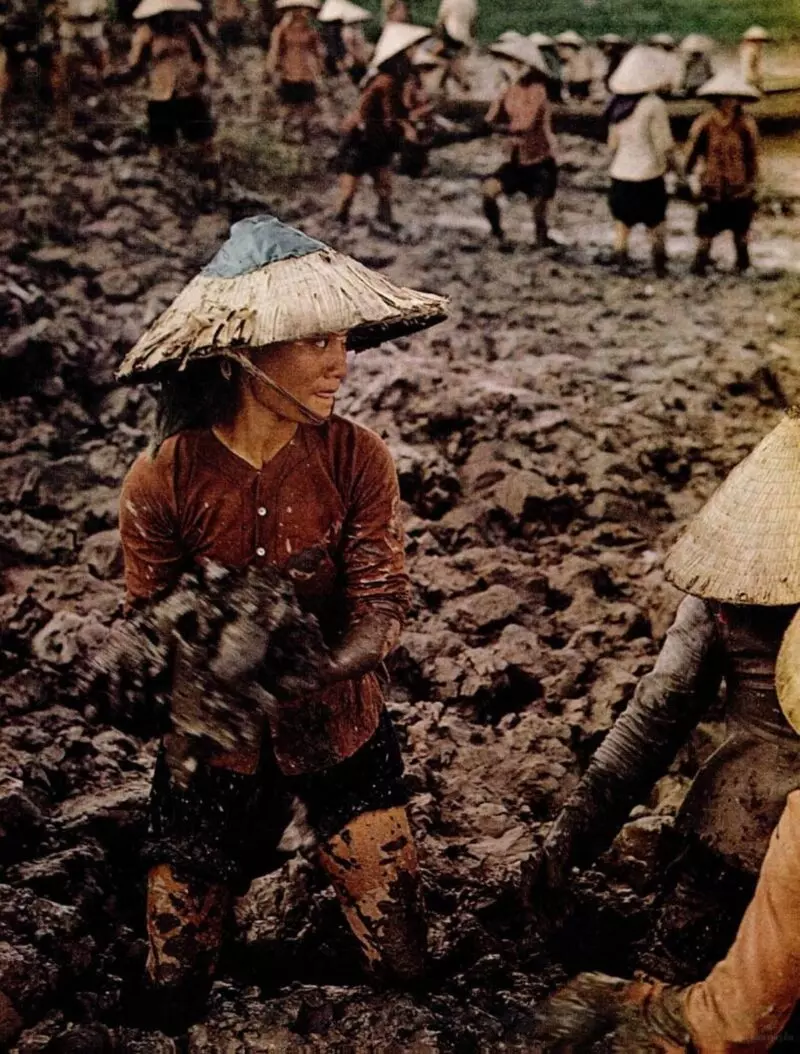 The traditional costume of Vietnamese people in the past
The traditional costume of Vietnamese people in the past
The Culture of Wearing Traditional Cultural Costumes in the South
In contrast to other regions, women in the southern part of Vietnam embrace the typical Vietnamese clothing culture known as Ao Ba Ba. This outfit consists of a tunic with one piece in the back and two pieces in the front, held together with straps that run from the neck to the waist. It is typically paired with loose black or white trousers that reach the ankles.
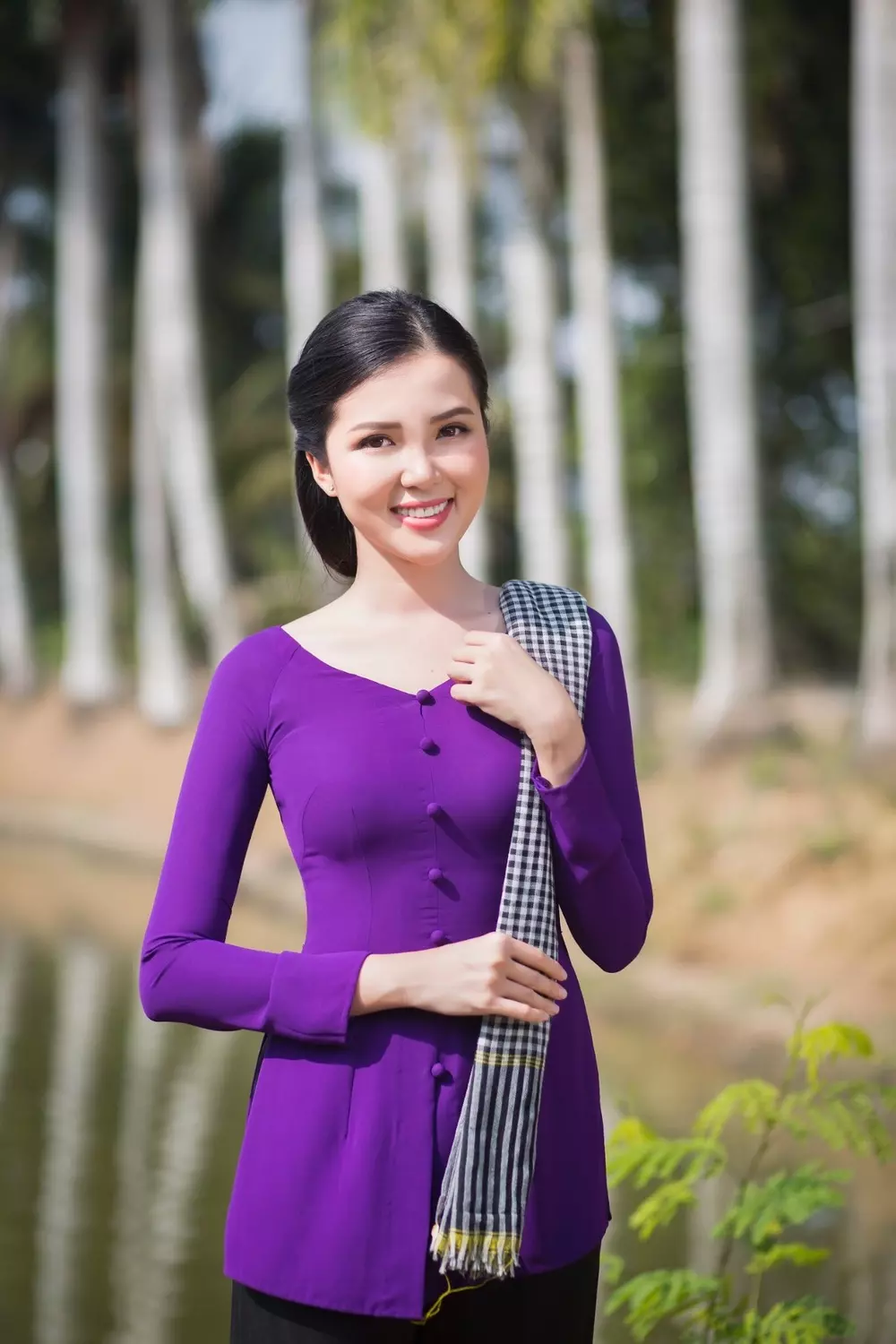 Traditional costume in the South
Traditional costume in the South
Vietnamese Traditional Ao Dai Costume
For most Vietnamese people, the Ao Dai is a symbol of their cultural heritage and national pride. This elegant garment dates back centuries and continues to be popular today. The traditional Ao Dai for men is typically made from silk, featuring a distinct mandarin collar and buttoning on the left side. The shirt is slit on both sides to the waist and worn with loose pants.
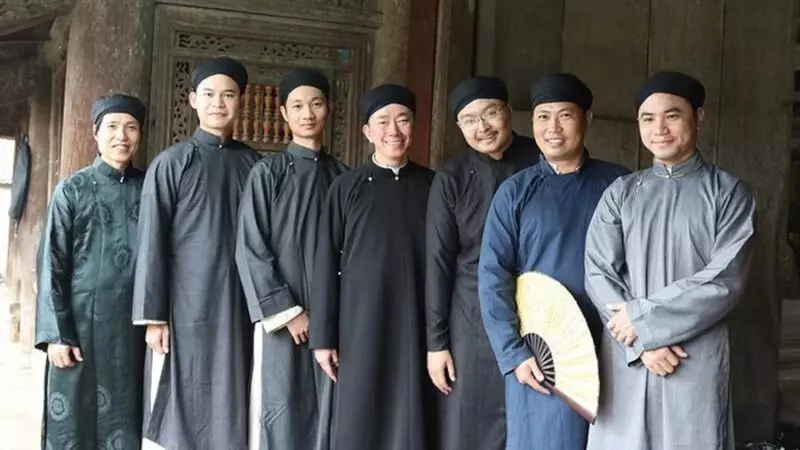 Ao dai is an icon of Vietnamese clothing culture and the beauty of Vietnamese people
Ao dai is an icon of Vietnamese clothing culture and the beauty of Vietnamese people
Popular Costumes Featured in Vietnamese Dress Culture
Over time, Vietnamese clothing culture has evolved, giving rise to new costumes that reflect the country's customs and lifestyles. These include Ao Ba Ba, Ao Tu Than, traditional men's clothing, and costumes worn by various ethnic minorities.
Traditional Cultural Costumes for Men
When people think of the Ao Dai, they often envision the graceful and elegant image of Vietnamese women. However, it is important to note that the Ao Dai is also a traditional costume for Vietnamese men. Men's Ao Dai features a minimalist design and is often worn with a headscarf, showcasing the neatness of Vietnamese men. Unfortunately, the men's Ao Dai has become less prevalent over time due to historical events.
 Ao dai combined with a scarf is a traditional beauty of men in ancient times.
Ao dai combined with a scarf is a traditional beauty of men in ancient times.
Ao Dai - Traditional Costume of Vietnamese Women
When you think of a Vietnamese woman, the image of her wearing an Ao Dai immediately comes to mind. This elegant attire holds a special place in the hearts of Vietnamese people, both domestically and internationally. Today, the Ao Dai is worn on various occasions, including weddings, opening ceremonies, graduation ceremonies, and even beauty contests.
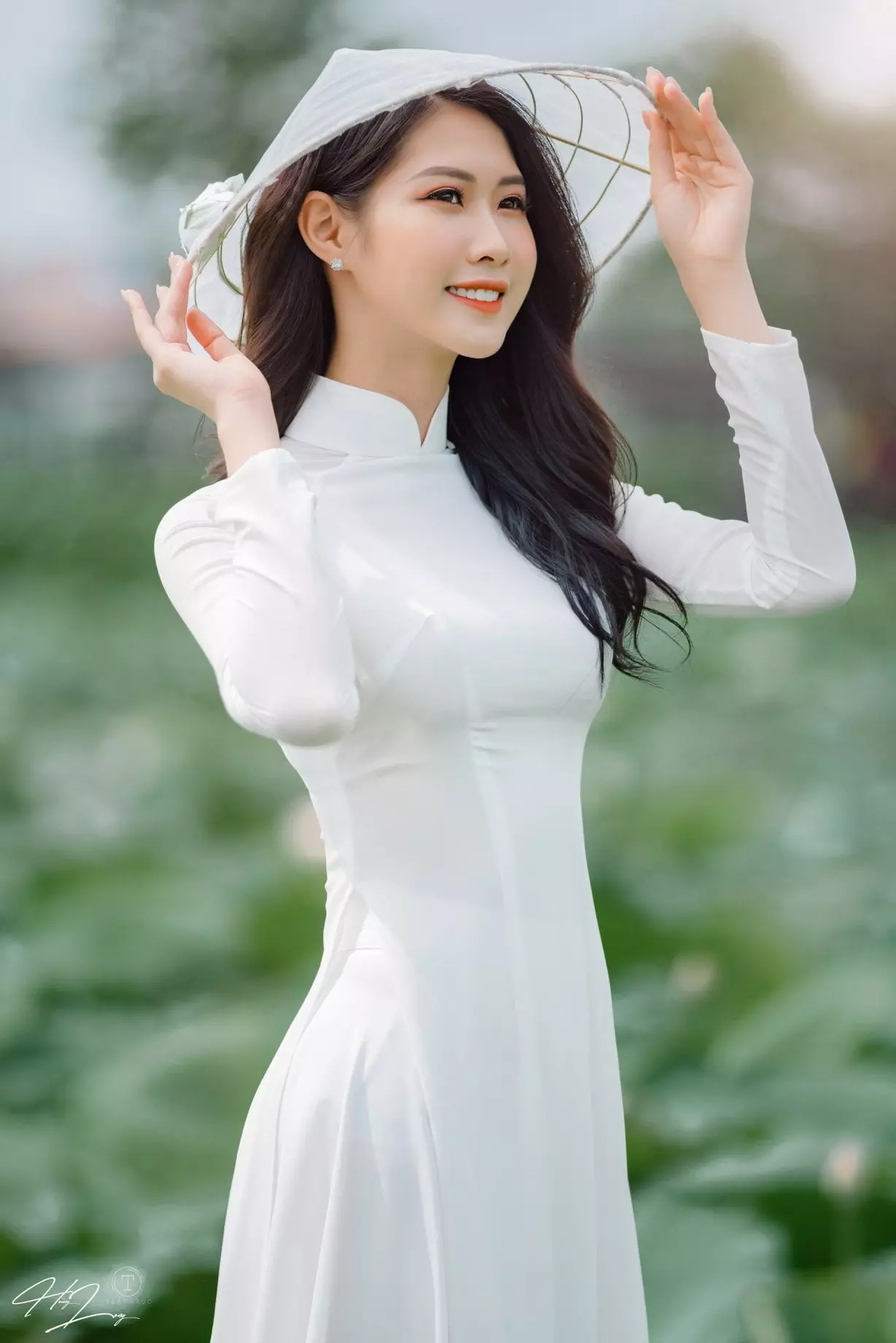 Ao Dai is the symbol of Vietnamese people
Ao Dai is the symbol of Vietnamese people
Non La (Nón Lá) - Popular Hats of Vietnamese Farmers
To complement the beauty of the Ao Dai, Non La (Nón Lá) serves as an essential accessory. This iconic conical hat is not only a representation of Vietnamese clothing culture but also a practical item used to shield individuals from the sun and rain. Additionally, it can be used as a fan during hot weather, adding a touch of elegance to the Ao Dai.
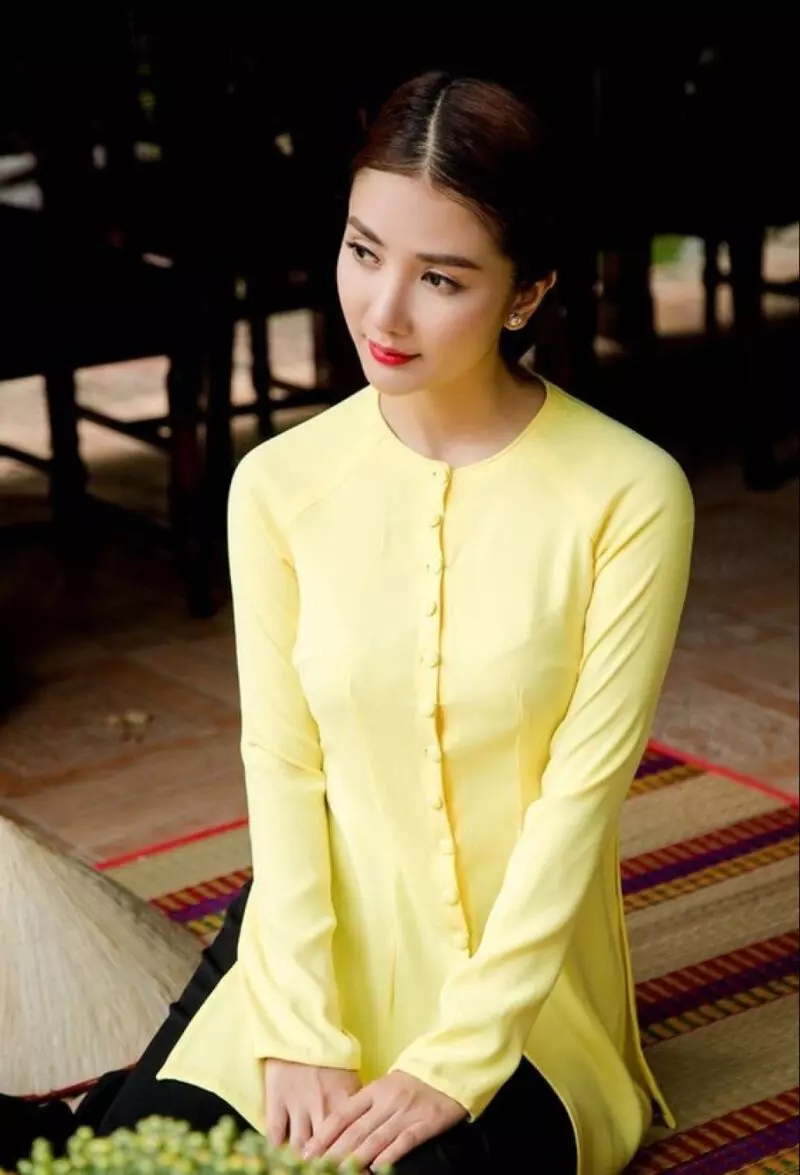 Non la is a typical accessory in Vietnamese clothing culture
Non la is a typical accessory in Vietnamese clothing culture
Ao Ba Ba - The Cultural Costume of South Vietnam
Ao Ba Ba is one of the most famous and popular Vietnamese clothing cultures in the southern region. It consists of a pair of silk pants and a buttoned, long-sleeved silk shirt. The shirt is slightly long and slit at the waist, creating two flaps with distinctive pockets. Its simplicity and versatility make it suitable for both work and important occasions.
 Ao Ba Ba is a traditional Vietnamese clothing culture in southern Vietnam
Ao Ba Ba is a traditional Vietnamese clothing culture in southern Vietnam
Tu Than Ao Dai - Traditional Costume of the North
Tu Than Ao Dai is the traditional women's costume of the northern Vietnamese clothing culture before the 20th century. It features a shirt that falls approximately 20 cm below the neck and reaches below the knee. The shirt has two separate flaps at the front and back, with the back flap sewn together to form a long line called the hem.
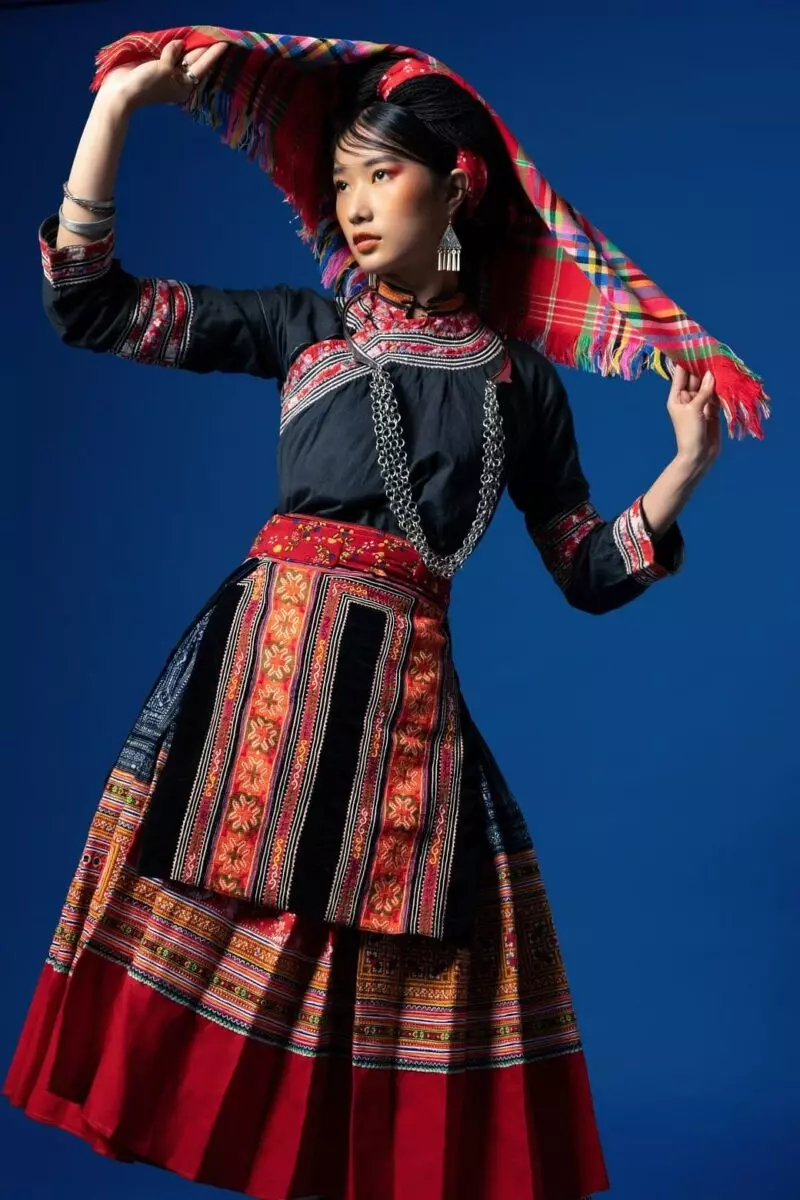 Tu Than Ao Dai is a traditional Vietnamese clothing culture of the people of the North in the past
Tu Than Ao Dai is a traditional Vietnamese clothing culture of the people of the North in the past
Traditional Costume of the Hmong People
The Vietnamese clothing culture of the Hmong ethnic group stands out among other ethnic groups. Their traditional costume, made of linen, includes a black or blue shirt, layered skirts, colorful leggings, and vibrant headscarves. These costumes are often adorned with beads and jewelry, adding a personal touch.
 Traditional costume of the Hmong people
Traditional costume of the Hmong people
Traditional Costumes of the Ede
The Ede community, one of Vietnam's 54 ethnic groups, is known for its rich cultural heritage. In addition to myths, epics, and traditional musical instruments, the Ede ethnic group is distinguished by its traditional costumes. These costumes are predominantly black or indigo and are adorned with colorful patterns. Women often wear skirts, while men opt for loincloths and shirts.
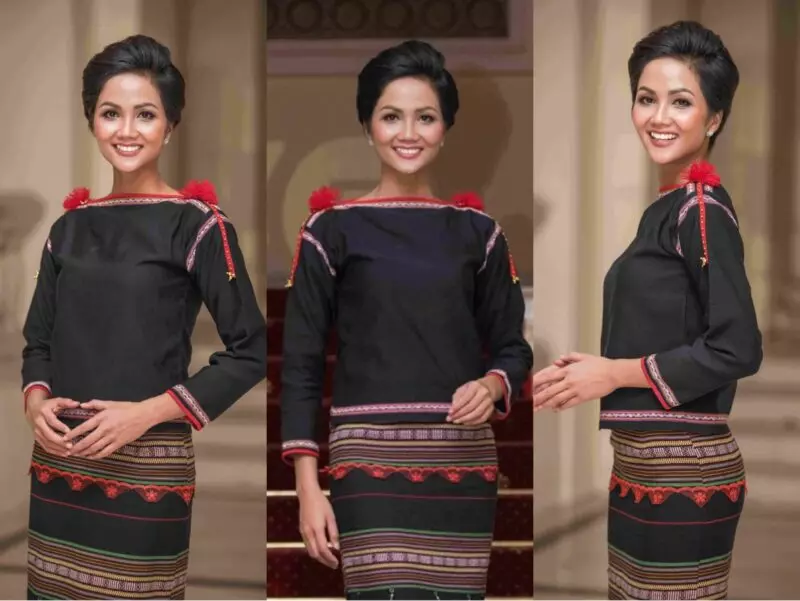 Costume of the Ede People
Costume of the Ede People
The aforementioned information highlights Vietnamese clothing culture through different periods, regions, and ethnic groups. While some traditional costumes have given way to more modern styles, efforts are being made to preserve these cultural treasures. If you have an interest in Vietnamese ethnic cultural costumes, you can find a tailor at Dugarco, a leading brand in garment manufacturing in Vietnam. They proudly focus on creating cultural products that showcase Vietnam's national identity to the world.
*Find out more: 12 Steps In The Must-Have Clothing Manufacturing Process

















